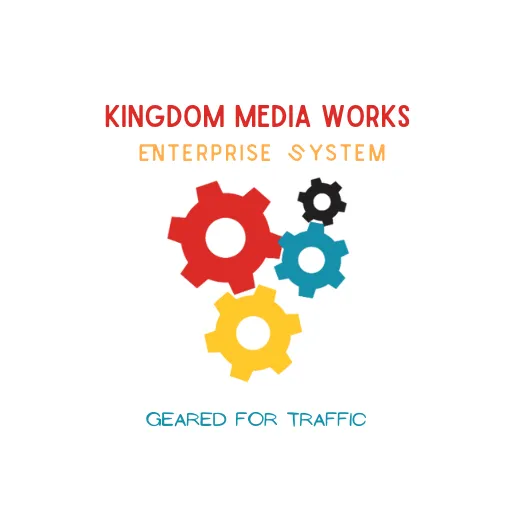
Ai will drive Cross-Cultural Communication
Ai will drive Cross-Cultural Communication
Artificial intelligence (AI) is changing the way we communicate across cultures, by providing real-time translations, cultural insights, and recommendations for appropriate communication styles. Here's a guide on how AI will affect cross-cultural communication and the ways in which you can take advantage of this technology to improve understanding and build stronger relationships across cultures:
Step 1: Understand the impact of AI on cross-cultural communication AI has the ability to bridge cultural gaps and facilitate communication between people from different cultures. It can provide real-time translations, cultural insights and recommendations for appropriate communication styles, helping to reduce misunderstandings and cultural faux pas. Additionally, AI can also be used to identify cultural biases in data and algorithms, promoting cultural sensitivity and inclusivity.
Step 2: Use AI to facilitate communication across languages One of the most powerful applications of AI in cross-cultural communication is its ability to provide real-time translations. AI-powered translation tools can help to facilitate communication between people who speak different languages, and can help to bridge cultural gaps by providing instant translations of words and phrases. This can be particularly useful for businesses that operate in a global market, and for individuals traveling to foreign countries.
Step 3: Use AI to provide cultural insights and recommendations AI can also be used to provide cultural insights and recommendations for appropriate communication styles. This can include things like understanding nonverbal communication, cultural customs and etiquette, and even tone of voice. By utilizing AI to understand cultural nuances, you can avoid potential misunderstandings and build stronger relationships across cultures.
Step 4: Use AI to identify and eliminate cultural biases AI can also be used to identify cultural biases in data and algorithms, promoting cultural sensitivity and inclusivity. By analyzing large amounts of data, AI can identify patterns and trends that may indicate cultural bias. This information can then be used to correct and adjust algorithms and decision-making processes, ensuring that they are fair and inclusive for all cultures.
Step 5: Use AI to improve customer service AI-powered chatbots can be used to provide customer service in multiple languages, answering frequently asked questions and providing assistance in a conversational and natural way. This not only improves the customer experience but also makes it accessible for people of different cultures, languages, and backgrounds.
By implementing AI into your cross-cultural communication strategy, you can improve understanding, build stronger relationships, and promote cultural sensitivity and inclusivity. With AI-powered tools, you can facilitate communication across languages, provide cultural insights and recommendations, and identify and eliminate cultural biases. Embracing the power of AI in cross-cultural communication can help to break down barriers and bring people closer together. So, don't wait any longer, start exploring the possibilities of AI in cross-cultural communication and watch your relationships across cultures soar!

